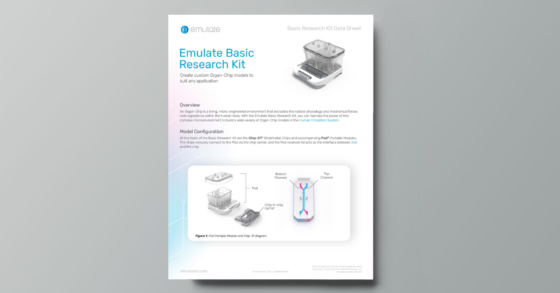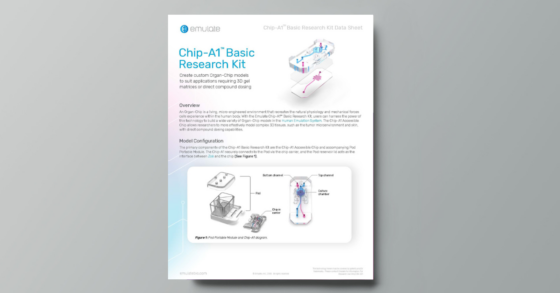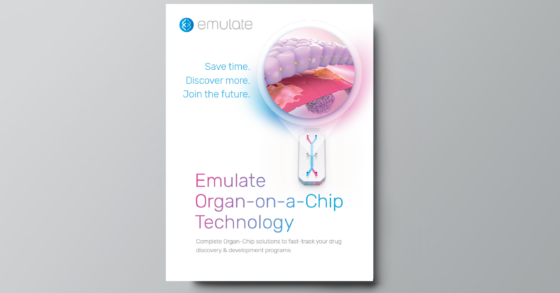organ-Chip model
Lung-Chip
Study lung physiology, disease, and the effect of drug candidates
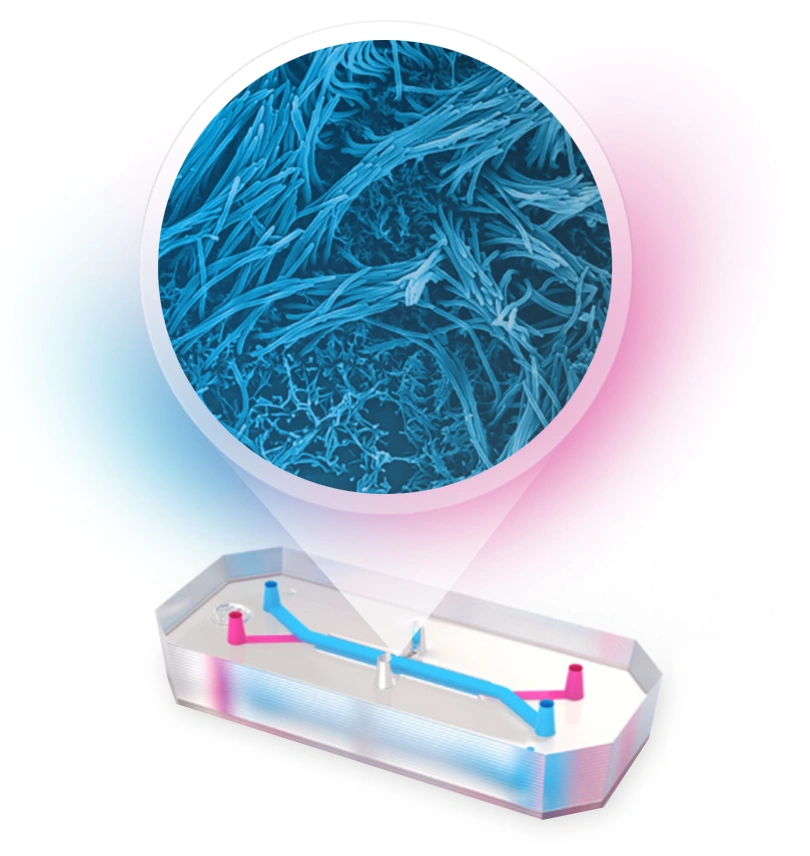

The Lung-Chip is a Guided Model that Emulate has firsthand experience developing and supporting. It can be created using a Basic Research Kit and a user’s own cell sources. Emulate offers guidelines and support from our field scientists for users to build a Lung-Chip using one of our Organ-Chip platforms.

Characterization
Human-based co-culture models with relevant physical forces
Unlike commonly used cell line models, the Lung-Chip incorporates a co-culture of primary human lung epithelial and endothelial cells in a dynamic microenvironment. Cell-cell interactions, flow, and stretch when relevant improve functionality, resulting in in vivo-like cell differentiation, cilia behavior, mucociliary clearance, and a tight epithelial barrier.
Benefits
Human-relevant models of the alveolus and small airway
Both models include epithelial and lung-specific endothelial cells on either side of a porous, ECM-coated membrane. Researchers can incorporate mechanical cues and soluble factors critical to cell function and differentiation in vivo.
Primary human cell model
A co-culture of primary human epithelial and endothelial lung cells allows for cell-cell interactions and reduces translational challenges caused by species differences in animal models.
Tissue-relevant mechanical forces
A dynamic microenvironment—
including media flow and stretch to emulate peristalsis—is modeled on-chip to improve functionality and morphology as well as promote ciliation and formation of confluent epithelial and endothelial layers.
Air-liquid interface
(ALI)
The Lung-Chip supports human-relevant exposure of the epithelium to air as seen in vivo, promoting epithelial cell differentiation.
Compatible with Zoë-CM2® Culture Module
The Zoë-CM2 Culture Module is a versatile system for model development & target validation. Capable of culturing up to 12 Organ-Chips at a time, the user-friendly platform gives researchers a window into the inner workings of human biology.
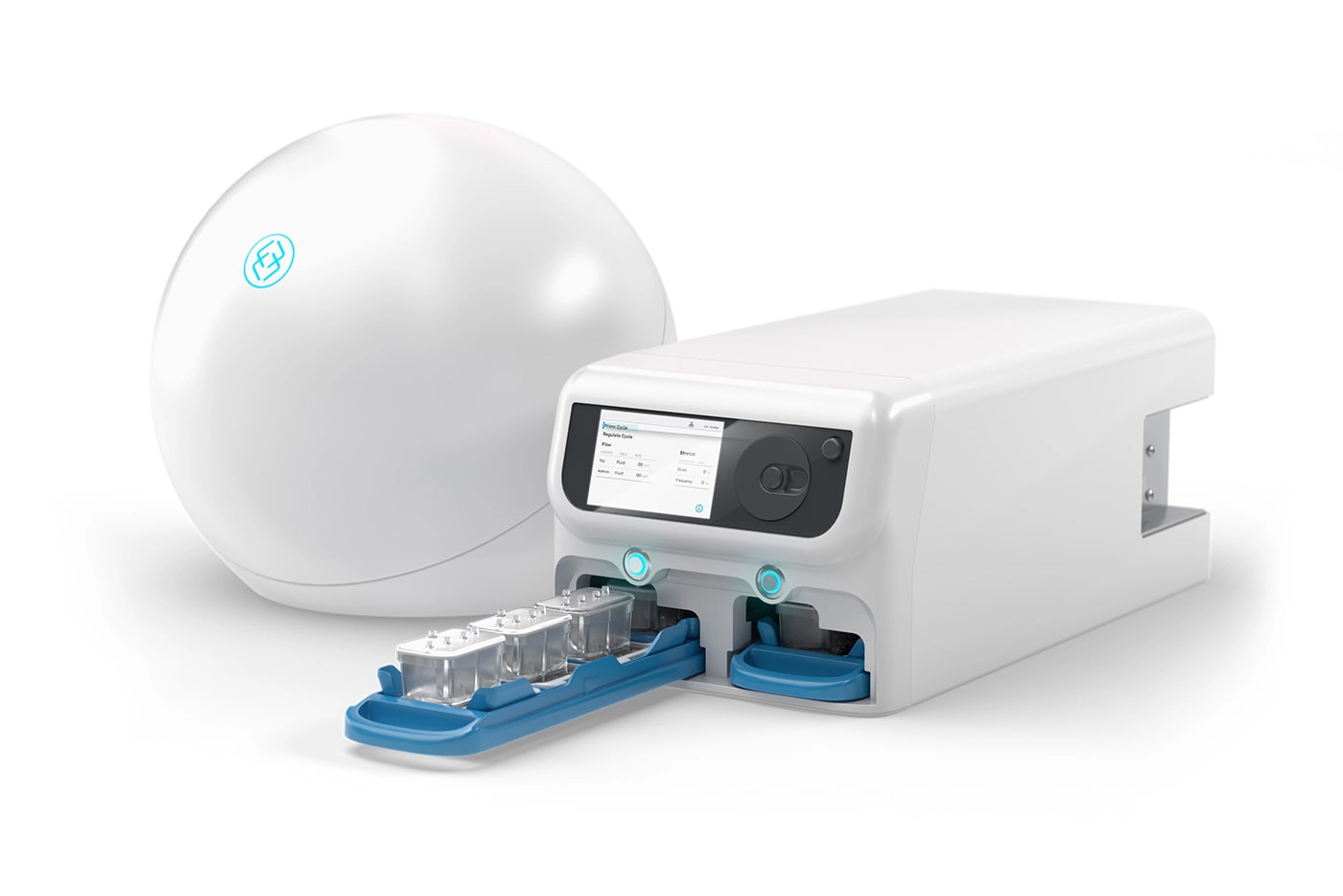
Get Started Today
Experience the predictive power of Organ-on-a-Chip technology.
FEATURED RESOURCE
User Publication: Nature Biomedical Engineering
A human-Airway-on-a-Chip for the Rapid Identification of Candidate Antiviral Therapeutics and Prophylactics




